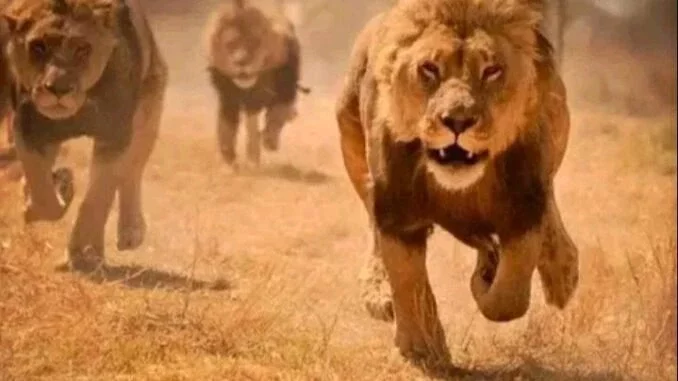
The bee, though diminutive in size, possesses a remarkable power that can send even the mightiest of creatures, such as lions, running for safety. This incredible feat is attributed to the bee's potent weapon: its sting. Bees are part of the insect family, and many species have developed stingers as a means of defense.
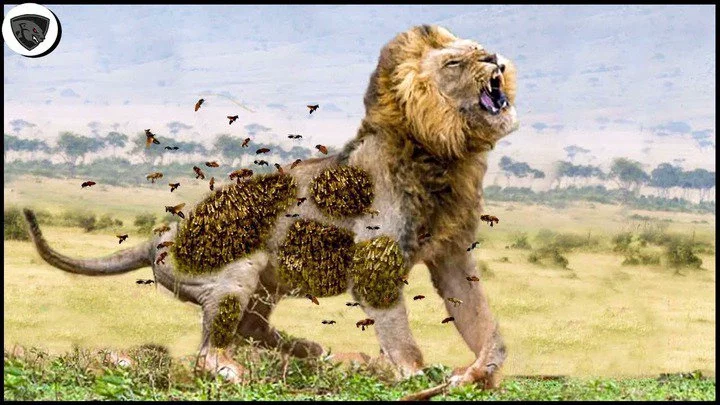
What makes a bee's sting formidable is the venom it delivers. When a bee perceives a threat to its hive or itself, it deploys its stinger, injecting a venomous substance into the target. This venom can induce intense pain and allergic reactions in various animals, including humans. The lion, with its great strength and ferocity, is not immune to the agony inflicted by a bee's sting.
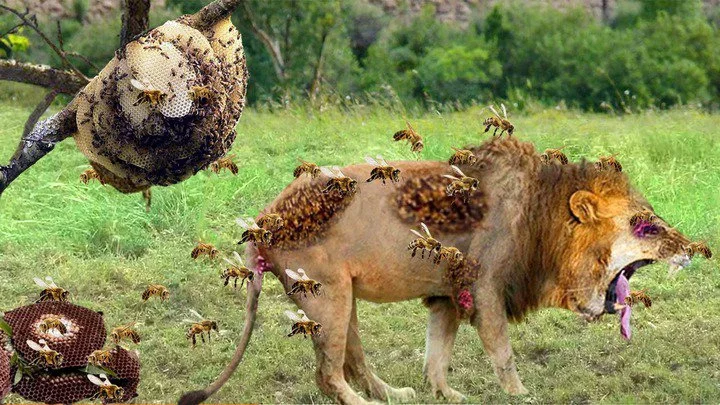
The reaction of a lion when stung by a bee is a testament to the power of this tiny creature. The lion, a symbol of strength in the animal kingdom, will often react frantically to the unexpected pain, swatting at the bee or fleeing the area altogether. This reaction is not out of cowardice but rather a primal response to the discomfort and potential danger posed by the bee's venom.
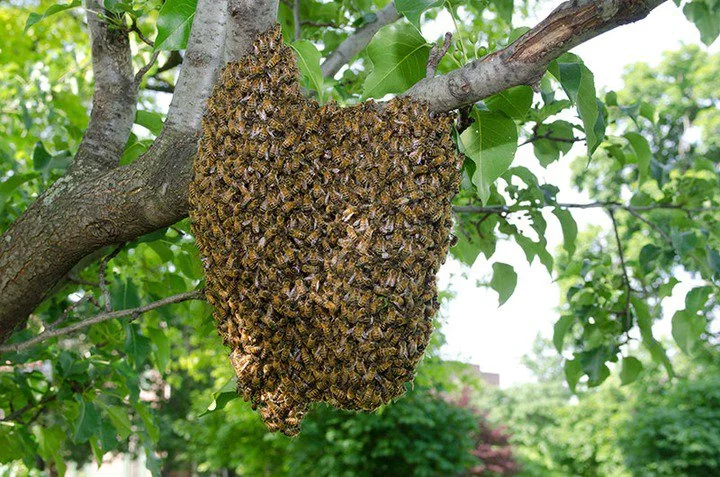
In this David and Goliath scenario, the bee's small size belies its ability to elicit fear in even the fiercest of predators. It serves as a reminder that in nature, strength and intimidation are not solely determined by size but by the unique and potent attributes each species has developed for survival. The bee's sting, a natural defense mechanism, demonstrates that even the smallest of creatures can command respect and trigger the flight response in animals as mighty as the lion.




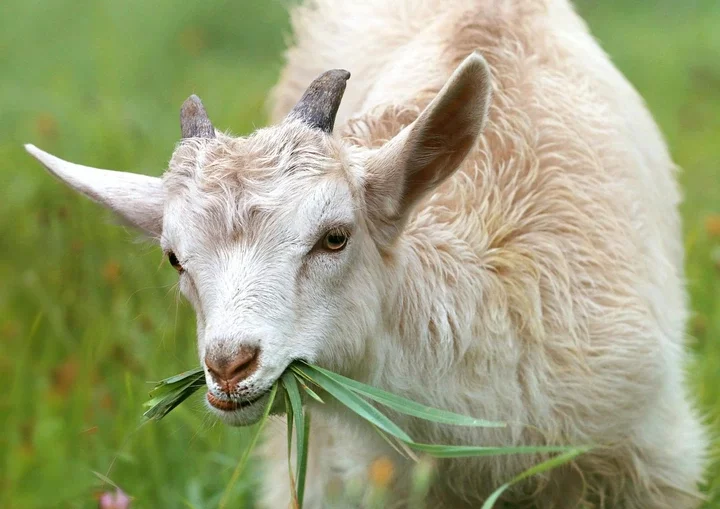











Comments